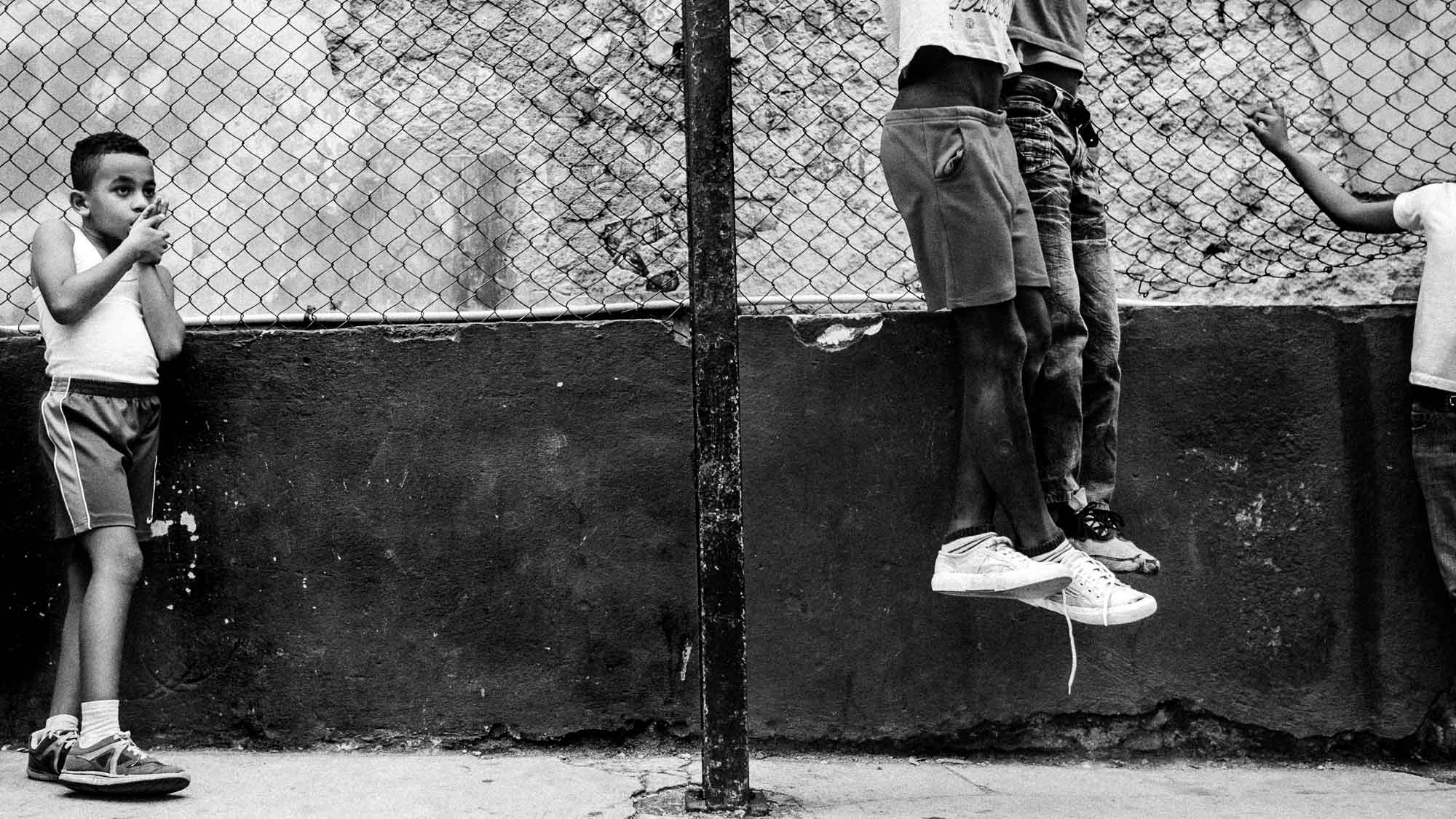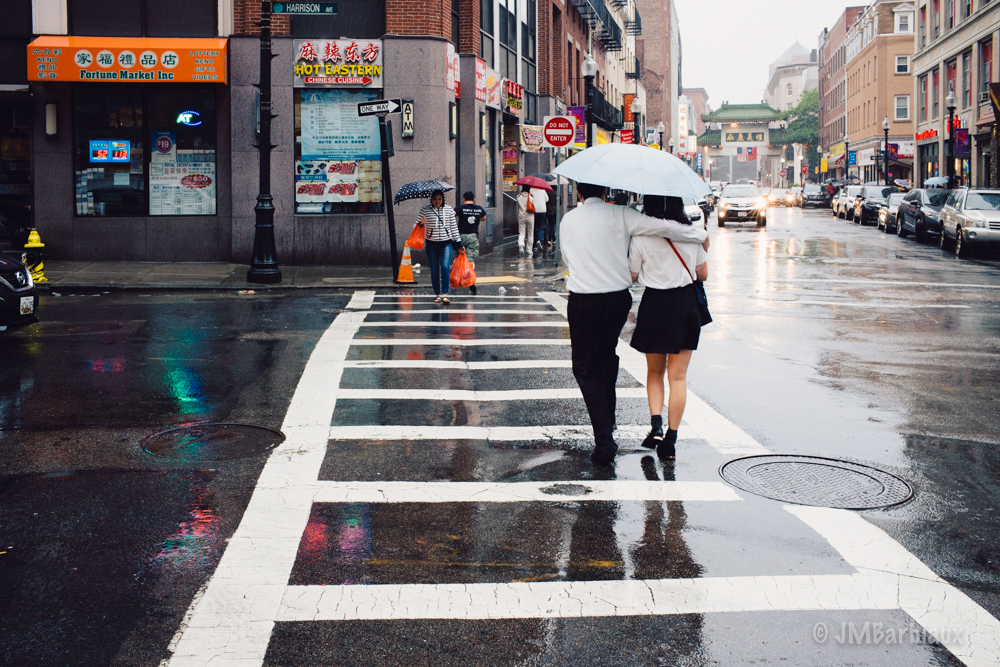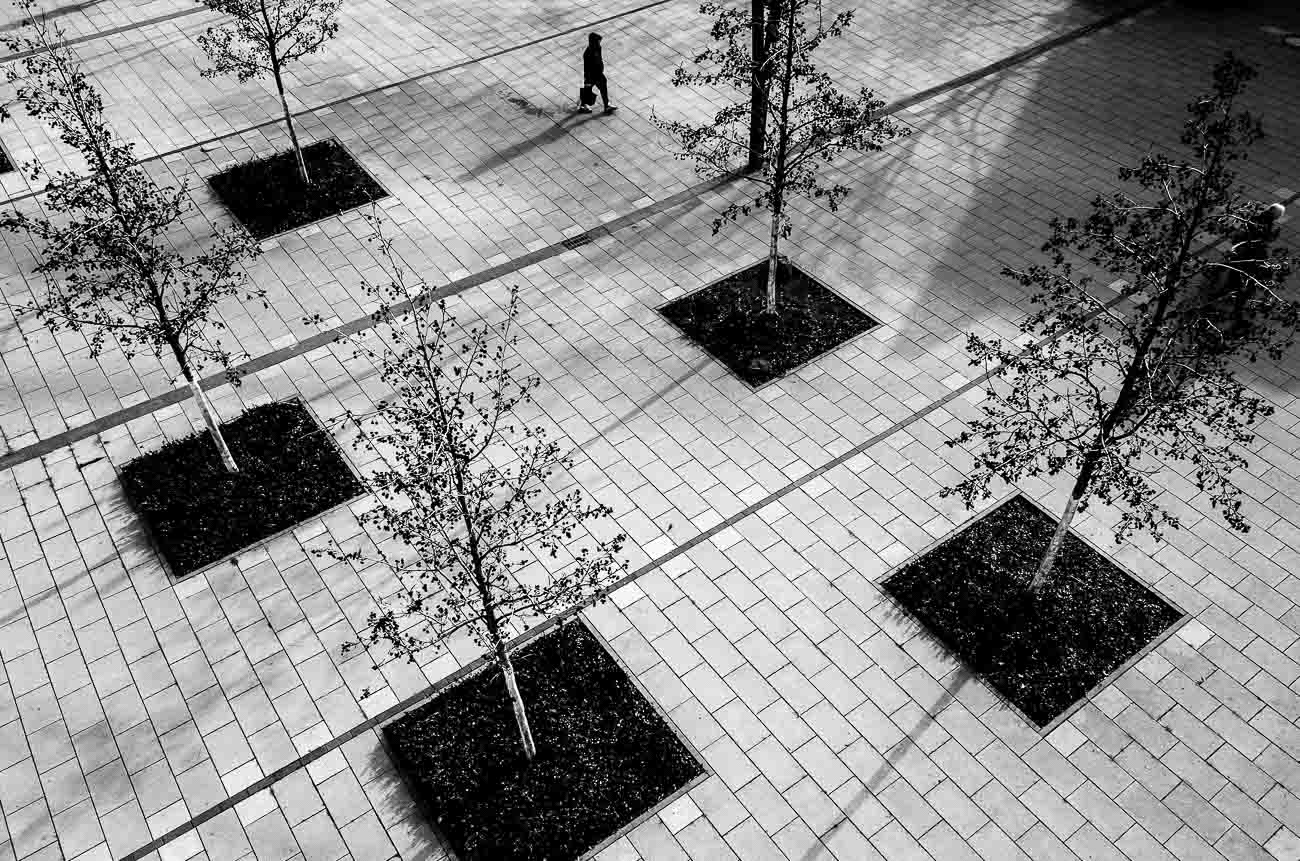


Category Archives: AO2 Explore Ideas
Filters
Tableaux – Editing photos
When editing the photos I encountered a problem that I have mentioned in an earlier post and that is that because I had no trigger and a tripod not suited to my camera, I had some minor problems with camera shake and movement, I did partly fix it by having the camera on a timer but there was some slight miss-alignment in the editing but I did manage to find a way around it, and still produce the image that I wanted. 
What I tried to do was just to layer each photo on-top of one another and simply rub out the areas where I was in the photo, however, because of the straight lines of the pews and the shake of the camera, that didn’t work, so I decided to add each photo one at a time on top of each other and before I put the next layer on I had a bank layer called “drawing” (seen as the top of the three layers above) and I carefully drew round each of the “me’s” and then rubbed out the filling from the red box each time, and after I did this on a layer I made the drawing layer invisible, by clicking the small eye next to it, and then merged the visible layers and built it up until i had the complete image.

Seen above is the completed image with all outlines.
Tableaux — Photo-shoot / Image Selection
When I went to take the photos there was a slight problem that the area wasn’t lit as well as I had hoped because the shoot took place in the evening an it was dark, to combat this I boosted the iso on my camera slightly higher than I would have liked but not so much that the grain was immediately evident. Then as I didn’t have a trigger and the tripod I was using is not very strong and I have a large camera my friend who was operating had problems keeping the camera still, the way that I combated this is I set the camera to have a 5 second timer and to take a two shot burst at the end of the timer. This eliminated most of the shake but there was still some.

SOME PHOTOS MISSING
The problem that I had is that image 3227-8 I sat in a bad place and didn’t realise until I reviewed them the next day. The problem was that because in that pose i was leaning onto the back of the pew in-front was being obstructed by a more important image that I later took that was more important to the shoot and would stand out more. So I had to leave images 3227-8 out of the final edit. And all of the images in the green boxes made it into the edit and some that wouldn’t appear on the contact sheet.
Tableaux — shoot plan
The plan that I have is that I will go to a local church and then I will set my camera up on a high tripod overlooking the pews in the pulpit. Then I will have multiple different poses that I will take in the pews and then I will have a friend take a photo using a remote trigger so that the camera doesn’t shake and the photoshop will be easier later. I will set the aperture to be about f/5 so that I will be able to have the same focus point for all the photos and I will still be in focus regardless of where I sit in the pews. I will also manually set the exposure so that there was no difference in colour. I also took multiple different outfits so that it would not look like I am just sitting in different places.
Street Photography – Introduction
Street Photography is a form of photography that involves, as the name suggests, photographing interesting scenes in the streets. Photographers such as Bruce Gilden heavily explored street photography with Bruce in particular becoming a very prominent figure in photography due to his work with him becoming a member of an elite group of photographers known as Magnum Photographers. They often employed a more objective approach to their work while still taking artistic liberties. When successfully executed these photos can very effectively portray socio-economic status and can really say a lot about someone as they often capture a candid moment which can show the facade that people will apply when in public in order to not expose any insecurities or appear vulnerable.




While street photography is often considered a form of portrait, not all portraiture necessarily needs to feature a human subject in the frame and there are various examples of creative examples of portraiture of still life subjects with either no human presence or minimal presence in order to push a particular message.



Tableaux Mood-board

Portraiture: Natural Lighting
Natural lighting is often used in photography, as it often gives the environment and the subject a more natural look, and can be much more cost effective than using artificial lighting, as this requires specialist lights. Natural lighting can provide light to places where light would naturally occur anyway, and the same with shade, and so by using natural lighting, a photographer does not have to manipulate artificial lights to make the lighting match the effect they are attempting to show.
The products of my experience with using natural lighting with head shots (close ups). The lighting used in my experimentation came through a glass door, which the subject was positioned next to:





A negative of using natural lighting is that it can not be manipulated by the photographer to produce the best outcome. This means that when natural lighting is not available (it is overcast or there are no windows) the photograph will not have the right lighting.
The above 2 images are examples of what happens to the lighting when the sun is obstructed from coming straight through the window. These images appear more flat, and are too dark to allow the viewer to make out certain details. This damages the overall eye-catching effect of the images, and is something that cant be controlled when dealing wit natural lighting.
Natural lighting, in some cases, allowed for the subjects face to appear brighter and softer, which is an effect that may have been missed if harsher studio lights had been used. Using natural lighting with close-ups of subjects can, however, mean that some of the detail within the facial features of the subject is lost, and the positioning of the lighting and its intensity cannot be manipulated.
Studio photography
Lately we’ve been experimenting with lights and shadows and how we can transform a portrait into something interesting and unique. For this we’ve been using the studio and have been playing around with the different types of lights in there. We use studios in photography to control the amount of light we expose in a picture, and to guarantee an outcome that we want.
Pictures taken:





For most of these photos, I used the large soft light to create soft shadows. For others i used the spot light to clearly highlight the model, and used coloured sheets of plastic to cast a certain colour onto her.
Chosen pictures:



I took these pictures with the intention of casting half of her face in shadow, or making the surroundings dark enough to illuminate her face. I had her faced sideways of the light, or faces towards it. I played around with angles, ISO, shutter speed, aperture, and lighting, and came out with three final images that I am pleased with.
Studio Practice





Questions about Studio Portraits Techniques.
Why do we use studio lighting?
we use studio lighting for several reasons, for example we use it to control and manipulate how the light is being used also it helps to create a successful image. Also we use light so that if an image is too dark then we can use the light to brighten the image.
What is the difference between 1-2-3 point lighting and what does each technique provide/solve?
One point lighting is where you use only use one light source in the image, this would mean that only one part of the image is illuminated, it provides shadows. This is the set up of the one point lighting.

Two point lighting uses two light sources – fill and key, They are usually next to each other on opposite ends They both illuminate the object, this is good because if you don’t want any shadows they both eliminate them, here is the set up for two point lighting:

Three point light uses 3 light sources just like two point lighting however they use a back light this is usually positioned behind the object in the corner this is to illuminate the back of the object, this technique can also solve the issue of shadows as they all work together to eliminate them. Here is the setup for three point lighting:

What is fill lighting?
Fill light is form of supplementary light mainly used to lighten shadows in an image. Fill light is often used in portrait photography to create a contrast between the image subject and image background.
What is spill lighting?
They use a reflector to spill the light from one of the light source on to the object this way they have more control over the lighting. The term “spill fill” refers to fill light which results from the footprint of light sources bouncing off surfaces in the shooting environment.
What is Chiarascuro ?
The treatment of light and shade in drawing and painting. is the use of strong contrasts between light and dark, usually bold contrasts affecting a whole composition. It is also a technical term used by artists and art historians for the use of contrasts of light to achieve a sense of volume in modelling three-dimensional objects and figures. Here is an example of this:

